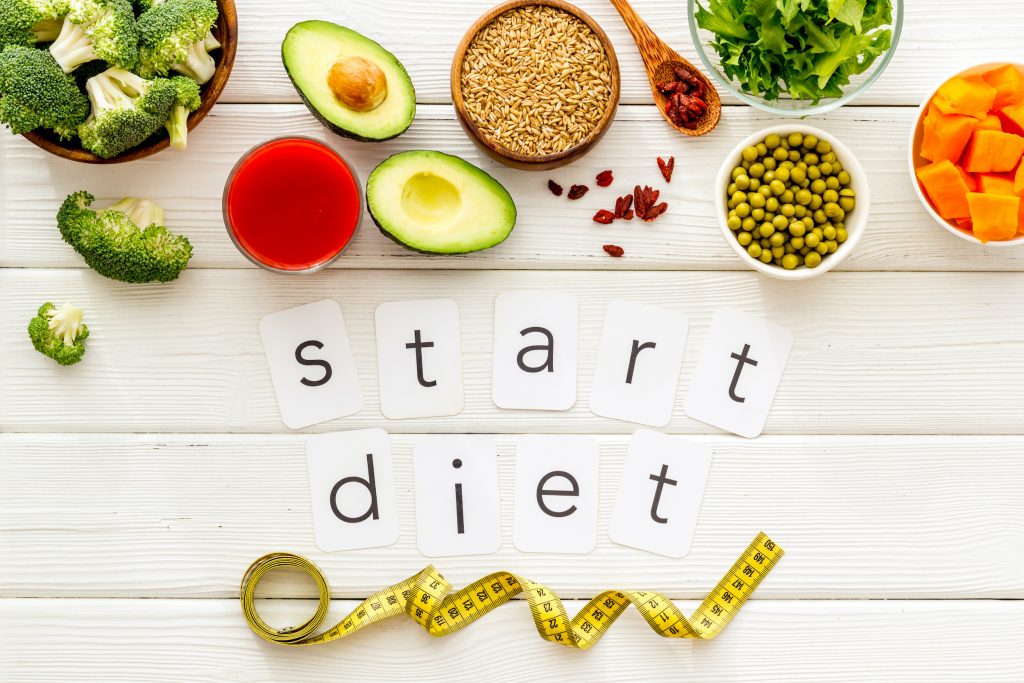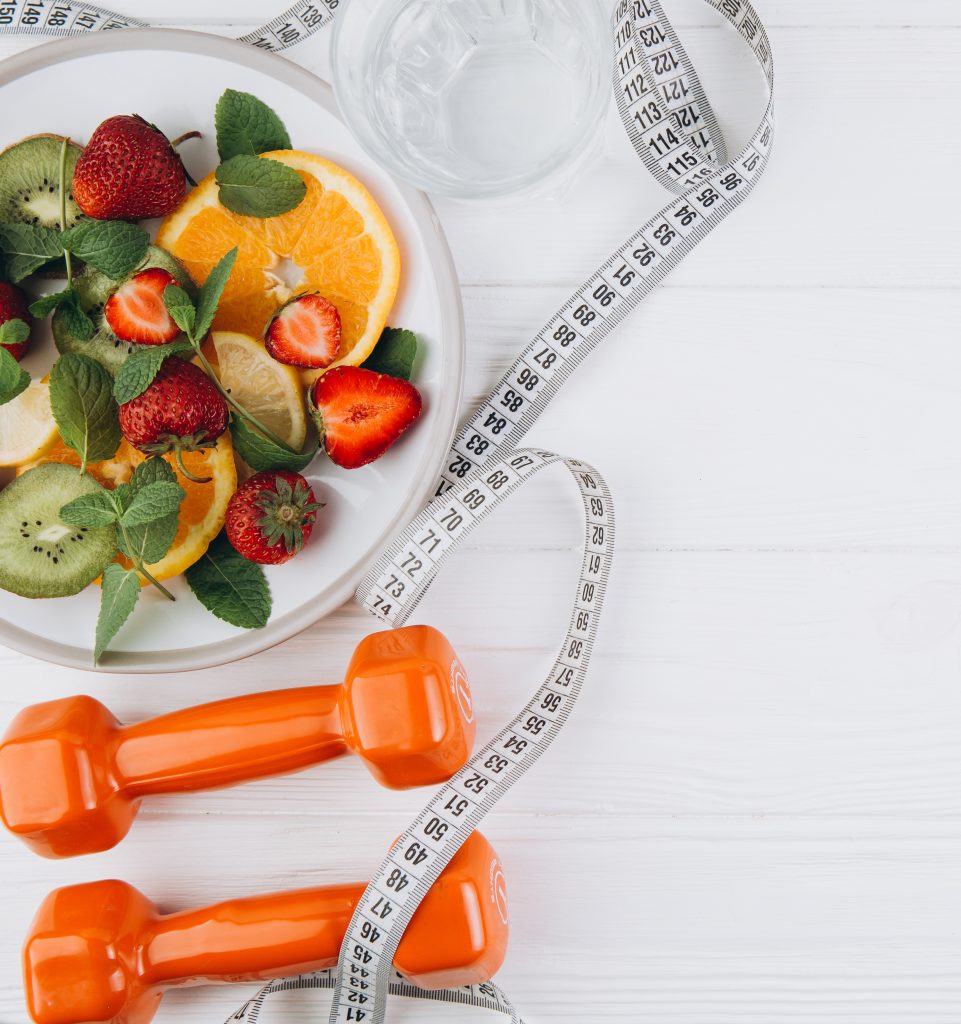
Carb Cycling Diet Beginners’ Guide for 2024
Have you ever heard of the carb cycling diet and start wondering what it is? Well, in this beginner’s guide to carb cycling, you’ll know more about this diet, how it works, and what’s the benefit.
In fact, deciding to limit or cut carbs is something that many people on diets tend to decide to help increase their overall weight loss and appearance. Some people find that cutting carbs out almost completely can be a quick way to shed the pounds, while others rely on carb cycling to work.
Trying to cut out carbs completely isn’t a long term solution because carbs are an important part of giving you energy. Your body can and will use the carbs that you consume by burning them into something usable for your body to use. Finding carbs that your body can process easier may be a better answer that you’re looking for.
If you happen to be someone that enjoys carbs but knows that you need to limit them and their intake, carb cycling may be what you and your body are looking for.
What is Carb Cycling?
In a nutshell, carb cycling is like it sounds.
Consuming carbs in a cyclical manner that varies depending on your lifestyle and exercise program during the week.
Fueling your body with carbs is important, but learning how to do so in the most effective way possible to burn those carbs is the point of actually starting to carb cycle.

How does carb cycling work?
Carb cycling is actually quite simple to understand but can be difficult for some to tackle. Start by understanding that carb cycling basically has three different cycles:
- High carb diet days
- Low carb diet days
- No carb diet days
1. High carb diet days
On high carb diet days, carbs are consumed more than any other days. This is done typically on days that more exercise or physical activity is planned as well. The reason for this is that as you’re working out your body, your body is burning the carbs you’re consuming.
Keep in mind that high carb days don’t mean that you go crazy on carbs, but these are the days when you can eat more and “stockpile” a bit of that carb energy.
On high carb diet days, most people consume 2-2.5 grams of carbohydrates per each body pound that they weigh.
Since everyone weighs differently, there isn’t a “one size fits all” amount of carbs to consume, but more based on your weight and physical activity. (If you have questions about what a high carb diet day should look like, you can always ask your doctor for advice as well.)
1.1 A high carb day diet plan
Meal 1: Breakfast
- 2 whole eggs scrambled in coconut oil
- Gluten free porridge with honey and fresh berries
Meal 2: Lunch
- Homemade turkey burgers with a serving of rice
- 3 rice cakes and a banana
Meal 3: Snack
- Small baked potato topped with tuna and side salad
Meal 4: Workout Nutrition
- Post-workout shake: serving of protein powder blended with fresh berries, rice milk, and large ripe banana
Meal 5: Evening Meal
- Large chicken breast stuffed with sun-dried tomatoes wrapped in Parma ham served with white jasmine rice Snack of choice
2. Low carb diet days
On low carb diet days, carbs are still consumed, but in a lower volume than your high carb diet days. Those who participate in low carb diet days can lower their carb intake to whatever works for them and their body, but some prefer to keep their carb intake to .5 grams of carbohydrates for every pound of their body weight.
This allows for carbs to still be eaten, but in a lesser amount than their high carb diet days.
2.1 A low carb day diet plan
Meal 1: Breakfast
- 4 whole eggs scrambled in coconut oil with spinach
- Serving protein powder with greens powder
Meal 2: Lunch
- Homemade turkey burgers with a large side salad
- Large handful of roasted mixed nuts
Meal 3: Snack
- Small sweet potato topped with tuna and cheese
- Meal 4: Evening Meal
- Large chicken breast wrapped stuffed with olives wrapped in Parma ham, served with roasted seasonal vegetables topped with olive oil
3. No carb diet days
No carb diet days are just like they sound. There is wiggle room in the no-carb diet days and putting a cap on the number of cabs is good.
Limiting to 30 grams-50 grams of carbohydrates or less on no carb diet days is a good way to start burning through some of the stored fat that you’ve been carrying around.
The Keto is one of the many no card diets in use these days.
Read Also: A beginner’s guide to Intermittent Fasting

Is carb cycling right for you?
You and your needs can only answer that question. If you want to try to lose weight, carb cycling can help. What most people tend to overlook about carb cycling is that it can be difficult in the beginning to limit your number of carbs.
People have noticed that their moods and attitudes can alter when cutting out the carbohydrates from their diet, so this is something to be aware of.
Lack of carbohydrate consumption is someone who has consistently eaten carbs their entire life can also result in:
- Foggy brain
- Lack of energy
- Irritability
While those aren’t all the symptoms, they’re some of the more common ones that people tend to go through.
As with any change in diet or eating habits, your body can and will get used to carb cycling. It takes a little bit of time for your body to make that transition, but those feelings and symptoms may start to dissipate a bit once it does.
Read Also: A beginner’s guide to Intermittent Fasting
How to Do Carb Cycling
Now that we’ve got the concept covered let’s cover how to get started with carb cycling.
First, understand that carb cycling will take a lot of meal planning and prep.
It’s hard to limit carbs, and if you’re unprepared and don’t plan with food ideas and meals, you’re that much easier to fall off the carb cycle wagon and lose your way.
Also, understand that you still need to be aware of what you are eating on your high carb diet days. Junk food is still junk food, even if you are following your set number of carbs’ parameters. Eating 200 grams of french fry carbohydrates isn’t healthy, and that’s something that we can all agree on.
To start your carb cycling, start on a no-carb diet day paired with a bit of activity.
Don’t do your toughest and most strenuous exercise day on your no carb day, but opposite instead.
After your no carb day comes your low carb day, then followed by your high carb day.
Once you reach your high carb day, use this day as the day you are doing the most intense exercise. That way, you’re fueled up to tackle whatever the day will bring.
Once you peaked at your high carb day, start backward and go back to your low carb day, followed by your no carb day, and keep repeating that cycle over and over again.
Some people take a day off here and there to not have to count carbs or get burnt out, but that is up to you and your willpower.
Can Carb Cycling Help You Lose Weight?
Carb cycling can help you lose weight only if you maintain a calorie deficit. If you’re starting to eat more to supplement the lack of carbohydrates, you will gain weight at the end of the day instead of losing it. Carb cycling can be a great way to help lose weight that you’ve had problems losing in the past, but only if you stick to your calories and your exercise.
Can Carb Cycling Help You Gais Muscles?
Carb cycling may help you gain muscles if you follow your diet and pair it with physical activity. Also, to gain muscles, you have to intake proteins for carbs to work. Avoiding proteins result in less effectiveness when it comes to gain muscles.

What Are The Recommended Carbohydrate Food Sources?
Even if carbs are your obsession and you want to embrace carb cycling, you need to be aware that some carbohydrates are actually to avoid, even during high-carb days.
White flour is the main source of carbs to be avoided, while these are some of the sources from where you should get your carbs during the diet:
- Whole Grains
- Vegetables
- Unprocessed Fruits
- Legumes
- Tubers
All of the above foods contain good carbs and are also packed with vitamins and other nutrients that your body needs to function.
Carb Cycling: Bottom Line
Carb cycling can be a good regime to try if you want to optimize your diet. No strong research support this eating regime yet, so it is safe to assume that a good balance between low and high carbs are requested to maintain a healthy body.
Remember that carbs are not all equals, and refined flour is to avoid even when carb cycling on high carbs days; instead, use other sources to get your carbs, and make sure to pack your diet with other nutrients as well, to support your body and your mind.
If you can count your carbs and follow your meal plan, you can and will find success with carb cycling.
Disclaimer: This post contains affiliate links, which means that we may receive a small commission, at no cost to you, if you make a purchase through a link.






